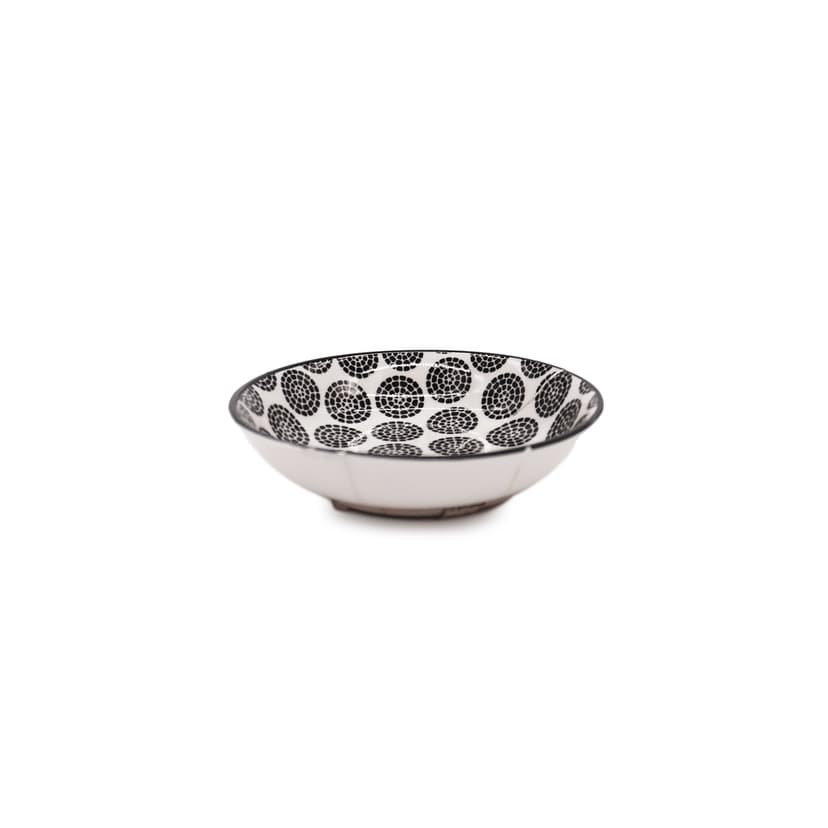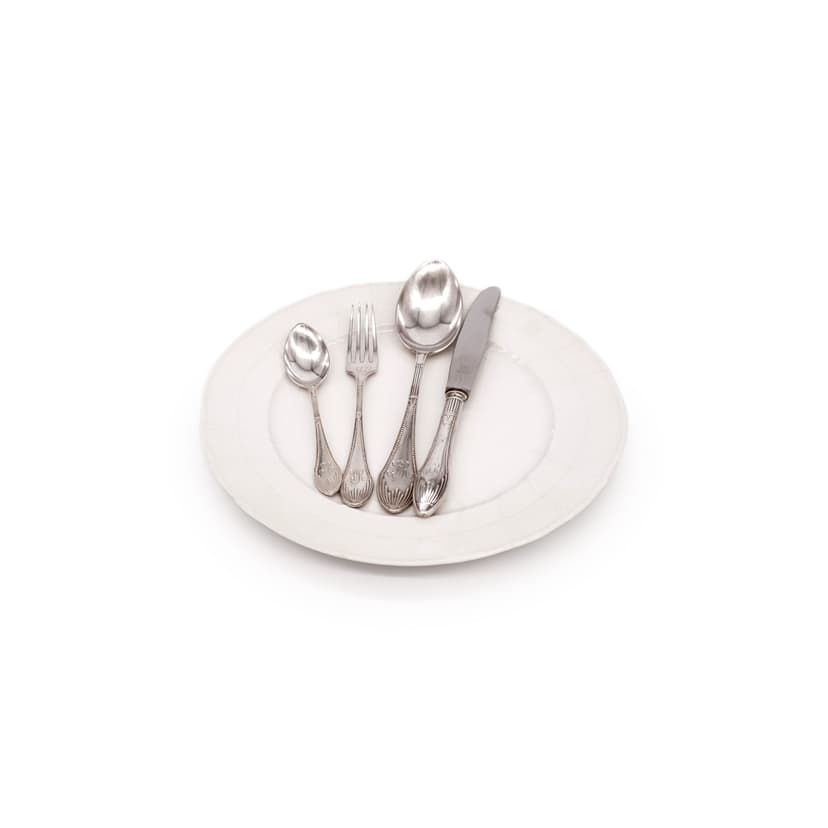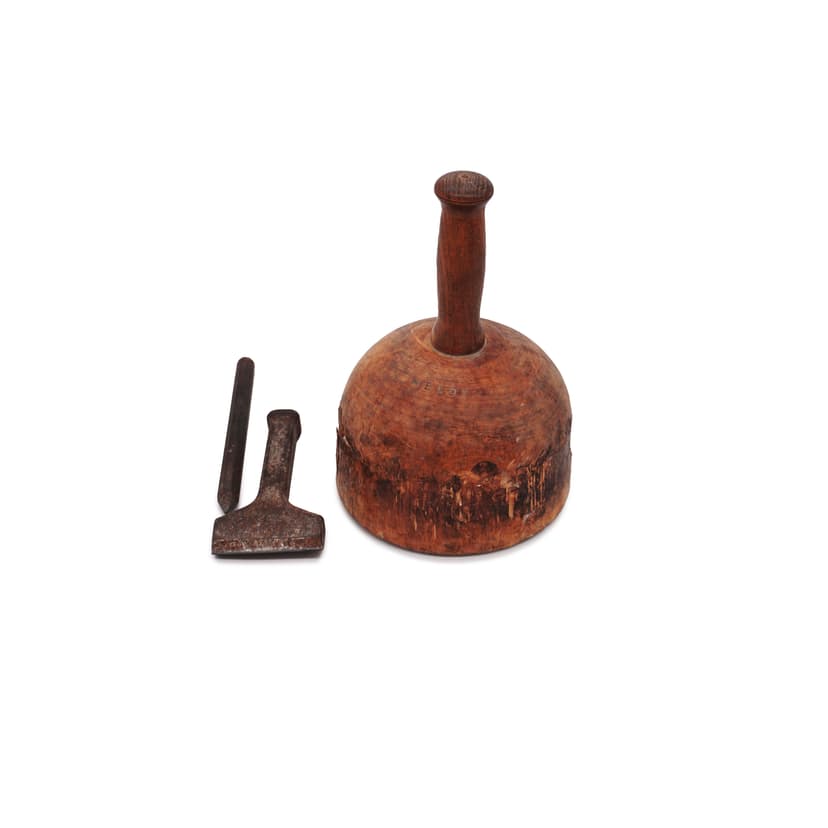My little story is about respect. But not the respect that parents, teachers, or conservative and authoritarian-minded people tried to teach you in childhood or adolescence with a sour, raised index finger. It's about the kind of respect you teach yourself by discovering values and adopting them as a standard for your own actions. And it's about a small, inconspicuous bowl, a penny item, a mass-produced product, probably produced in some third-world country at the lowest possible cost. A machine-made product with the technical perfection of form and surface that is typical of this species. Featuring a repetitive pattern whose arrangement, due to the production process, bears no relation to either the surface or the shape. Not a designer item, but nevertheless an object with a pleasant aura. A thing "that you just have," something you don't make a fuss about, and about which you quickly lose track of why, how, and where you acquired it. An object that actually has no meaning for me at all, or rather—and this will become clear in a moment—had no meaning at all. And yet he is able to vividly explain my special kind of respect for the world.
A closer look at the object reveals several fine fracture lines running across the bowl. These fine lines tell stories and, yes, they imbue the otherwise banal object with meaning. First of all, they tell of an accident, of a fall, in which the bowl shattered into several pieces. Instead of being thrown away, it was reassembled and glued together for future use. If the value of something were measured by how much labor was required to create it as we find it, then the bowl would now be significantly more valuable due to the fall and subsequent repair.
And: What's the point? Is this supposed to be a story about respecting a stupid little bowl? No, it's about something else, something much bigger. It's about society's approach to sustainability, recycling, reuse, and repairability. I come from a generation in which some of the youth (I mean, it was the best part of them) discussed such things, from today's perspective almost unthinkable, as abstinence from consumption, but then had to realize that they lived in a society in which consumption had become the most important value, indeed the duty of every citizen. And while we had debated whether something like "Zewa Wipe & Go" could be a viable concept, years later we had to watch as generous rewards were being offered for throwing away entire still-drivable cars.
And the fine lines on my bowl stand against all of this: against throwing things away, against senseless consumption, against the worthlessness of used items and those that are no longer quite new. And for respect: for the environment, for nature, for what has been built, for things that still function or can function. All of this, however, without a sour, raised finger, because I enjoy looking at the bowl, feeling its scars, and quietly subversively having outsmarted the compulsion to consume.




